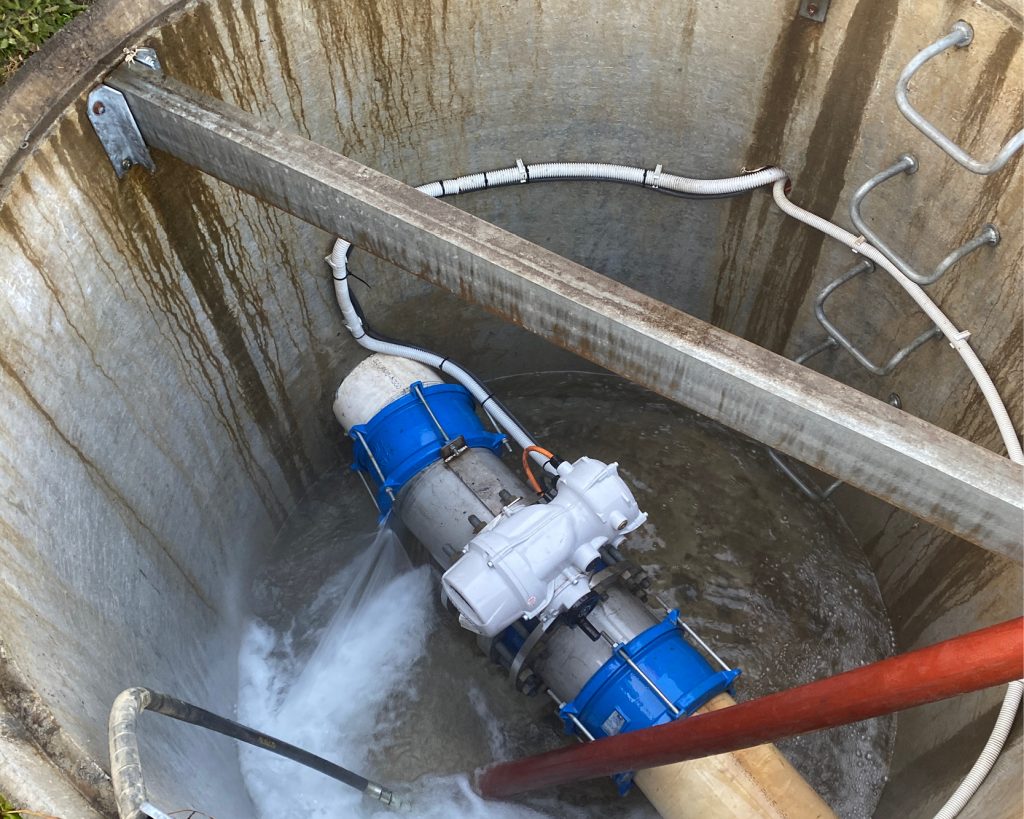
By Moana Ellis, Local Democracy Reporting
Ruapehu councillors are standing by a decision to reject a multi-council water services body that officials say would save their community $40 million.
Government water reforms are driving proposals for smaller councils to meet future costs by amalgamating water services.
Mayor Weston Kirton’s bid to team up with Palmerston North, Horowhenua and Rangitīkei councils was lost 6-4 on Wednesday.
Councillors opted instead for a two-council model with Whanganui District Council, which is to decide its approach on Tuesday.
“I have no qualms or ifs or buts,” deputy mayor Viv Hoeta said. “I heard exactly what my community wanted. It was not just about cost, it was also about local voice and relationships with a council we know and trust and share the same values with.”
Hoeta said community feedback called for a standalone water entity – “and if we couldn’t go it alone, they didn’t want to go big.”
The council’s acting team leader of policy, strategy and sustainability told councillors larger groupings were the most affordable options because of additional scale.
Aggregated water services with up to four neighbouring local authorities were projected to save users $38.7m through cost efficiencies in the first seven years when compared with the two-council model, Todd Livingstone said.
‘Democracy in action’
Councillor Lyn Neeson, who is standing against Kirton for the mayoralty in October, lives rurally. She is not connected to reticulated water and therefore does not pay council water charges.
“I’ve invested $50,000 to get my water systems – rural people and small communities have to do that.”
She did not believe cost savings would be as high as projected.
“I will be fighting really hard to ensure higher costs don’t happen.”
Neeson said savings expected from procurement bargaining could be achieved through collective council buying power regardless of whether Ruapehu was part of a larger Council-Controlled Organisation (CCO).
“A two-council CCO fully intends to make those procurement connections. It doesn’t close down any of the opportunities for cost efficiencies.”
She said being a 50% partner in a smaller CCO was more palatable for the community and she was proud of the debate and its outcome.
“This was democracy in action. It was a fundamental, directional shift from chasing potential savings to listening to our community, following the awa, following the community of interest, and following our relationships to Whanganui.”
‘Weight of public opinion’
Fiona Kahukura Hadley-Chase, who is also running for mayor, said pricing alone was not reason enough to choose a bigger entity.
More important was a strong relationship with a council that was bound by obligations to Te Waiū-o-te-Ika and Te Awa Tupua (the catchments of the Whangaehu and Whanganui rivers) as well as agreements with each other.
Her vote against the proposed four-council grouping was based on “the weight of public opinion”, including from iwi leaders.
“I would rather wager on creating and keeping good relationships with people who are interested in the Whanganui River and its tributaries and people.”
Rabbit Nottage said two-thirds of the council voted against the four-council proposal, including the three Māori ward councillors.
“I was comforted by that. They are the voice of Māori and iwi.”
Nottage said his decision took into account all submissions because there were concerns that consultation questions were skewed toward the four-council option.
“In my opinion we made the best decision for the Ruapehu community. If people think otherwise, the elections are coming up in a few months.”
Councillors Korty Wilson and Channey Iwikau also voted against a four-council entity.
In a report to the council, an analysis of submissions during consultation showed 36 supported a larger water entity if it helped reduce long-term costs, with 16 opposed and eight undecided.
‘Foolish, if not irresponsible’
Mayor Weston Kirton said he was “pretty gutted” at losing the vote.
“I thought we’d be able to get a bigger entity over the line, based on evidence that the bigger the number of councils, the greater the efficiency gains and flow-on benefits for pricing.
“The rationale of elected members suggesting that relationships not pricing is more important is foolish, if not irresponsible.”
Kirton said the district’s affiliation with the awa would not be compromised by a four- or five-council model. Te Awa Tupua legislation would remain a cornerstone for council values.
“The relationship would continue regardless and probably get stronger.”
Kirton said price did matter, particularly for water users and ratepayers who were struggling, including pensioners and people on benefits.
In his report to the council, Livingstone said the difference between the two-council and four-council models in the first year was $4m, with savings of $14.5m across the first three years of a new entity, and $38.7m across the first seven years through till the end of the Long-Term Plan (LTP).
A five-council model would see costs in 2027 of $1488 per water connection.
“The four-council model is 8% more expensive ($123 increase) in the first year, while the two-council model is 67% more expensive ($996 increase), with standalone being nearly three times as expensive ($2589 increase),” Livingstone said.
Awa FM – Te Reo Irirangi o Whanganui
For more of our people, our stories, our way, click News or follow us on Facebook.
